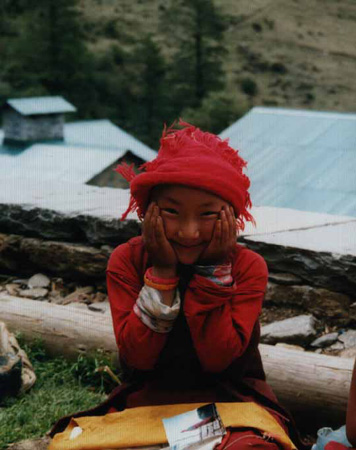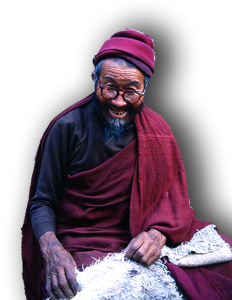

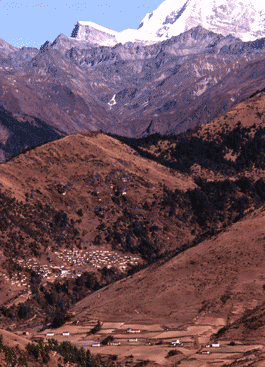
Thupten Choling is a celibate Buddhist monastery located in the high and remote mountains of Nepal. Founded by His Holiness Trulsik Rinpoche in the 1960's after fleeing Tibet, it is an independent and autonomous institution. Consequently, Thupten Choling has been able to remain authentically traditional, and hidden from the outside world.
Due to its remoteness and increasing population, the 700 resident monks and nuns live with dwindling resources, no public health facilities, and have little chance of sustaining themselves in the long run unless their limited resources are managed wisely.
The Institution
Thupten Choling houses, feeds, and educates a large population, 80% of whom are Tibetan refugees. This is one of the first-contact points for the many Tibetans who find their way into Nepal each year. Although most refugees continue on to India, about 40 nuns per year stay on and join the monastery. Due to the continuing situation in Tibet, and because Thupten Choling is the home of His Holiness Trulsik Rinpoche, the community is now an important destination for Tibetan refugees and will continue to grow.
His Holiness is of enormous importance due to being one of the most learned and venerated teachers in the world Buddhist community, and because at 85, he is one of the very last of the high lamas who were born and educated in "Old Tibet." His knowledge is very precious, and he is one of the Dalai Lama's primary teachers.
Rinpoche escaped into Solu Khumbu, Nepal in the 1950s, and lived at Chiwong and other monasteries for many years, while hoping to return to Tibet, and Rombuk monastery from which he came. Finally, in 1968, Rinpoche built Thupten Choling near Junbesi on donated land. Because he continued to believe that he and his followers would be able to return to Tibet, the monastery was not carefully built, and began to crumble in the 1990s. Click on his photo in the top left corner to go to more information about Rinpoche's odyssey.
The Reconstruction
Rinpoche's decision to rebuild Thupten Choling is quite important because it signifies that the new permanent home of his Nyingma legacy and his reincarnate will be on this site, not in Tibet. At 85, Rinpoche is now considering what the coming years will bring to the community. He is preparing for the smooth transition within this important institution. The new monastery is of such superb construction that it will last for many generations, and the community will contiinue to grow.
In 2001, the reconstruction of Thupten Choling began with the breaking down of the old buildings, and ritually preparing for the new foundation. The new monastery was designed by Michael Schmitz, and is being built with Swiss donations from the Friends of Trulsik Rinpoche. Michael and Helen Cawley have been managing all phases of the work, from architecture to supply lines to medical treatment. Their experiences can be read on their site Sacred Land. Here also, Helen and Michael plan to replicate some of their important work on the Tengboche Development Project.
Ecological Impact
The ecology and environment of the upper Junbesi valley are being impacted by the in-migration of this large population. There are now serious concerns about fuelwood, water supply, sewage, kerosene use, and food. The monks and nuns themselves planted 4000 trees last year, and are aware of the need to think sustainably. However, without new methods and facilities, these measures cannot permanently improve the present situation.
The environmental impact from using fuelwood as the primary energy resource is rapidly increasing, and there will soon be serious conflict over the use of this important regional asset. In a valley where the largest township hosts a population of 100, Thupten Choling has a population of 700 monks and nuns. The in-migration of this large number of people is destabilizing the ecology of the valley and ultimately pits them against local villagers in competition for scarce resources. Conflict is already occurring, and more is inevitable.
Management Plan
Rinpoche has asked REDI to help manage these issues, and we are implementing a Comprehensive Resource Management Plan that will enable this important monastic community to conserve and develop sound ecological practices. By introducing a number of very specific systems and initiatives, REDI is helping Thupten Choling live sustainably. The Plan is presented in the following pages.

of this image.
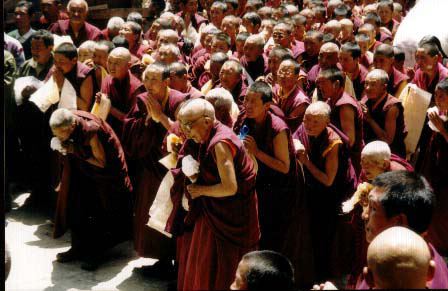
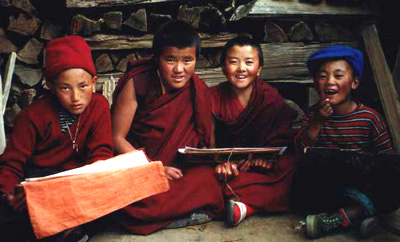

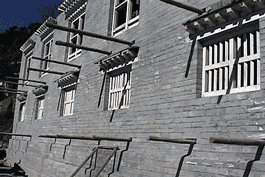

under construction
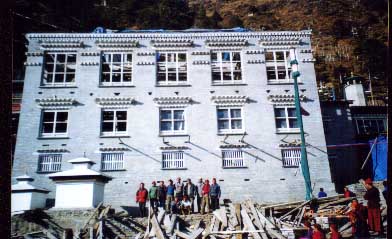
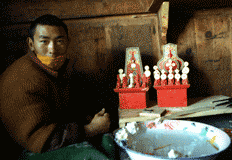
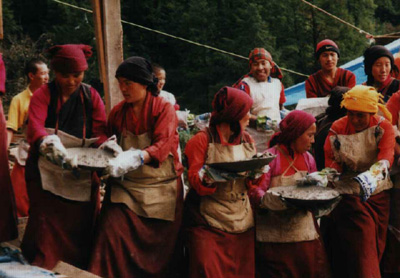

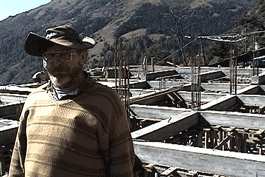
May '03

